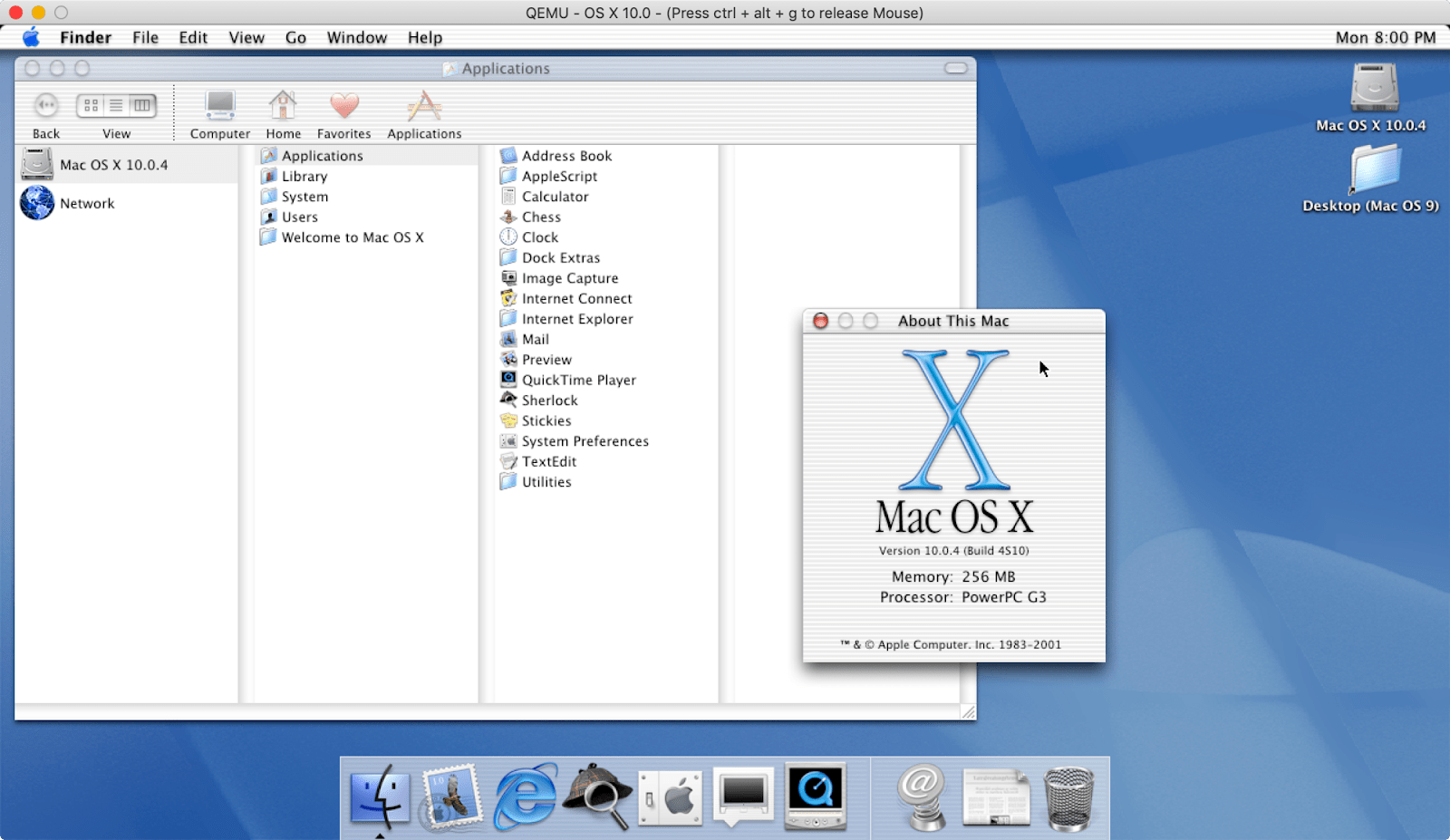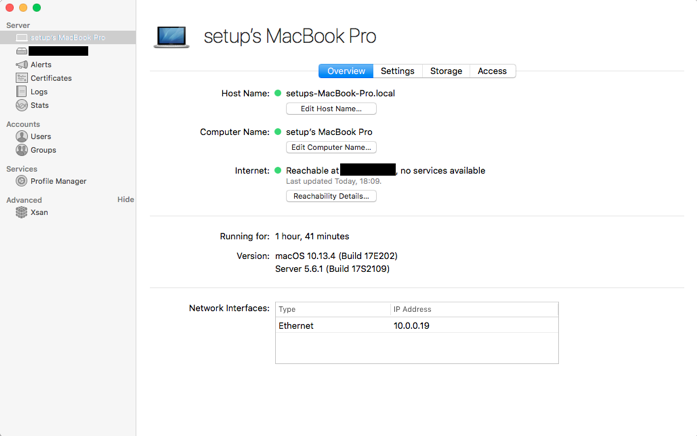

- #APPLE SERVER OS VERSINOS HOW TO#
- #APPLE SERVER OS VERSINOS INSTALL#
- #APPLE SERVER OS VERSINOS UPDATE#
- #APPLE SERVER OS VERSINOS UPGRADE#
#APPLE SERVER OS VERSINOS INSTALL#
The install command accepts the following flags: $ sudo /Volumes/Docker/Docker.app/Contents/MacOS/install We recommend that you also read the Blog and FAQs to learn how companies using Docker Desktop may be affected.Īfter downloading Docker.dmg, run the following commands in a terminal to install Docker Desktop in the Applications folder: You can choose to accept the terms at a later date by opening Docker Desktop.įor more information, see Docker Desktop License Agreement.

If you do not agree to the terms, the Docker Desktop application will close and you can no longer run Docker Desktop on your machine. Docker Desktop starts after you accept the terms.

#APPLE SERVER OS VERSINOS UPGRADE#
The upgrade should leave everything in place, but it’s always better to play it safe just in case.Īpple only supports the most recent three versions of macOS with security updates, so you have to upgrade regularly to ensure you have the latest security patches.For more information, see Docker Desktop for Apple silicon. Note: We highly recommend backing up your Mac with Time Machine (or however you back up) before upgrading your operating system. Click through it to install Monterey on your Mac. The installer will automatically open after the download is finished. The operating system is 12.1GB in size so it may take a while. You can either open the App Store and look for Monterey or click the following link to open the Monterey page on the Mac App Store.Ĭlick the “Download” or “Get” button on the macOS Monterey page to download Monterey and install it on your Mac.
#APPLE SERVER OS VERSINOS UPDATE#
If you don’t yet have macOS Monterey installed, you can easily update to it from the Mac App Store.
#APPLE SERVER OS VERSINOS HOW TO#
RELATED: How to Check Which Version of macOS You're Using How to Update to the Latest Version They appear as updates in the Software Update pane. These smaller updates contain security patches and other fixes. For example, if it says you have macOS Mojave version “10.14.1” installed, this means you have Mojave with the “.1” update installed. In the screenshot below, we have version 10.14 of macOS Mojave installed. If you see “macOS Monterey” and version “12.0”, you have Monterey, As long as it starts with “12.”, you have Monterey installed. The name and version number of your Mac’s operating system appears on the “Overview” tab in the About This Mac window.


 0 kommentar(er)
0 kommentar(er)
